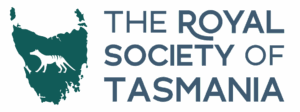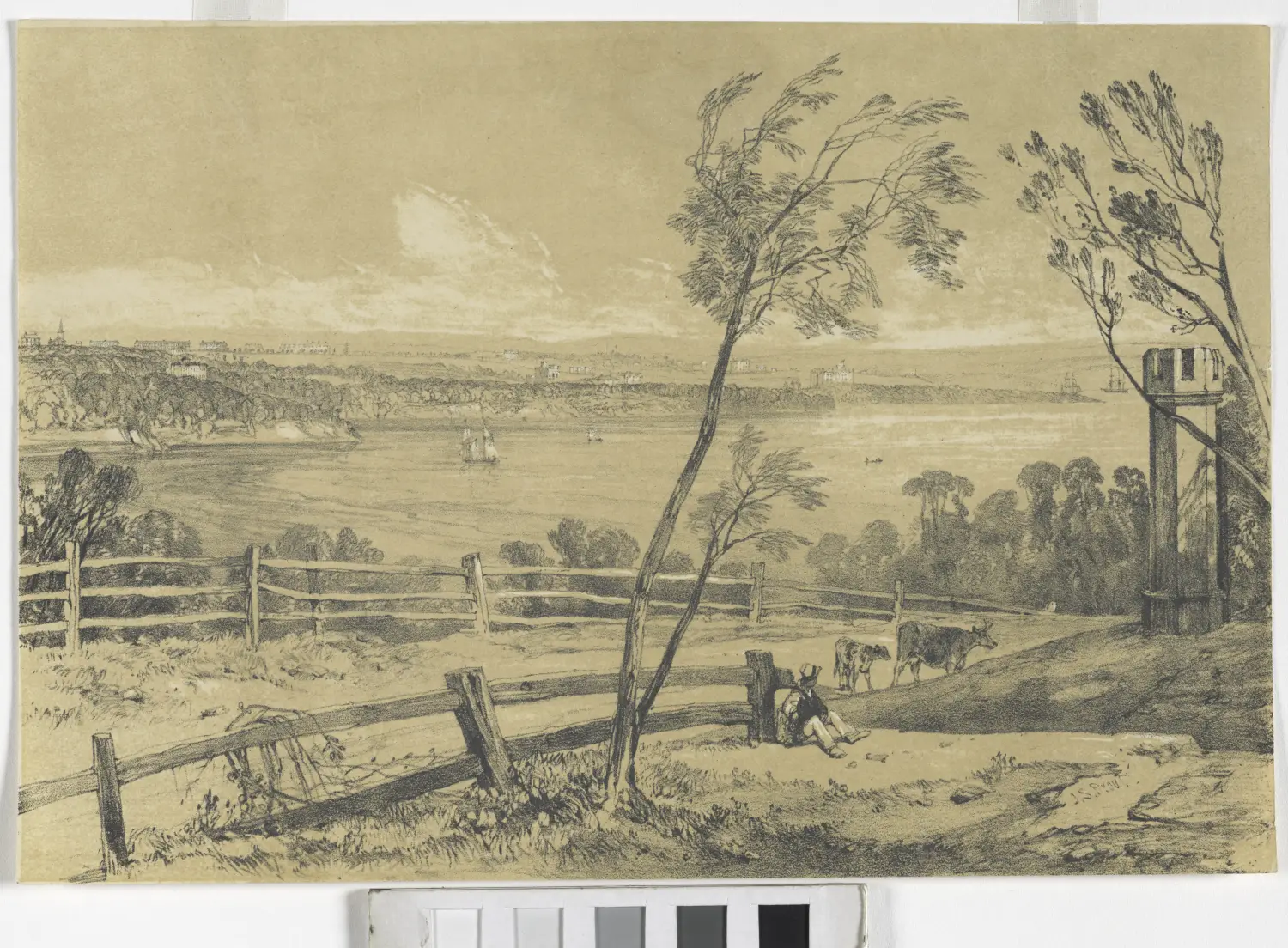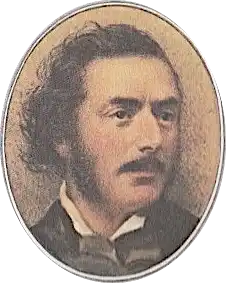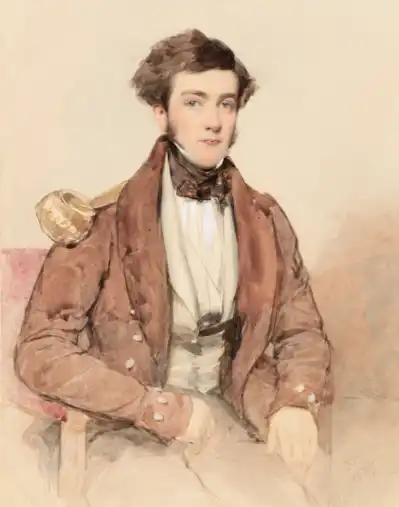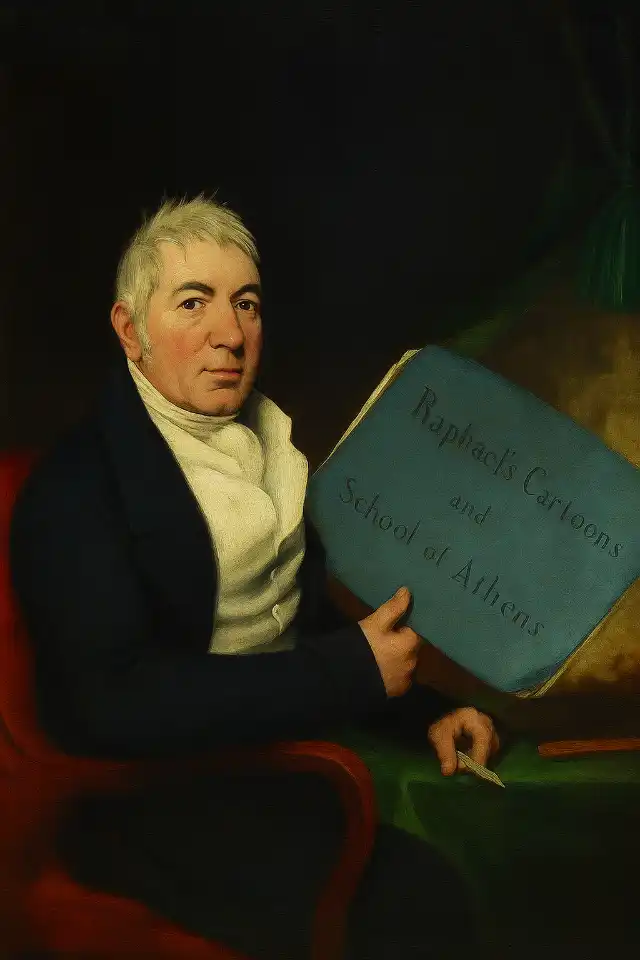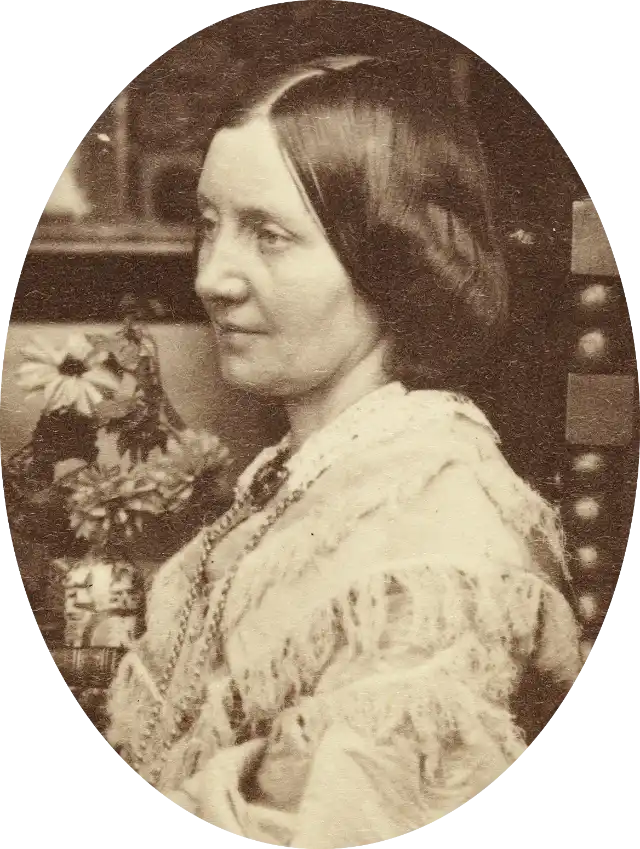The Royal Society of Tasmania Art Collection Catalogue on-line
The Royal Society of Tasmania Art Collection is now available to view online.
The information was put together by a wonderful team of volunteers led by the society’s Art Curator Dr Anita Hansen and Marley Large and was made possible by a Cultural Heritage Grant from the Australian National Library .
Stage 1 of the project, which includes images and information about the over 900 artworks in the collection has been completed. You are now able to search through the site in a number of ways: by artwork, artist, medium, genre, type, content and much more.
The catalogue is stored on "eHive" which is a web-based collection cataloguing system. The system is used worldwide by hundreds of museums, societies and private collectors to catalogue objects, store images, manage acquisition information and publish their collections online. eHive can be accessed from any computer or device running a web browser, including PCs, Mac and mobiles.
This is an ongoing project, and more information will be added to the online site in future.

